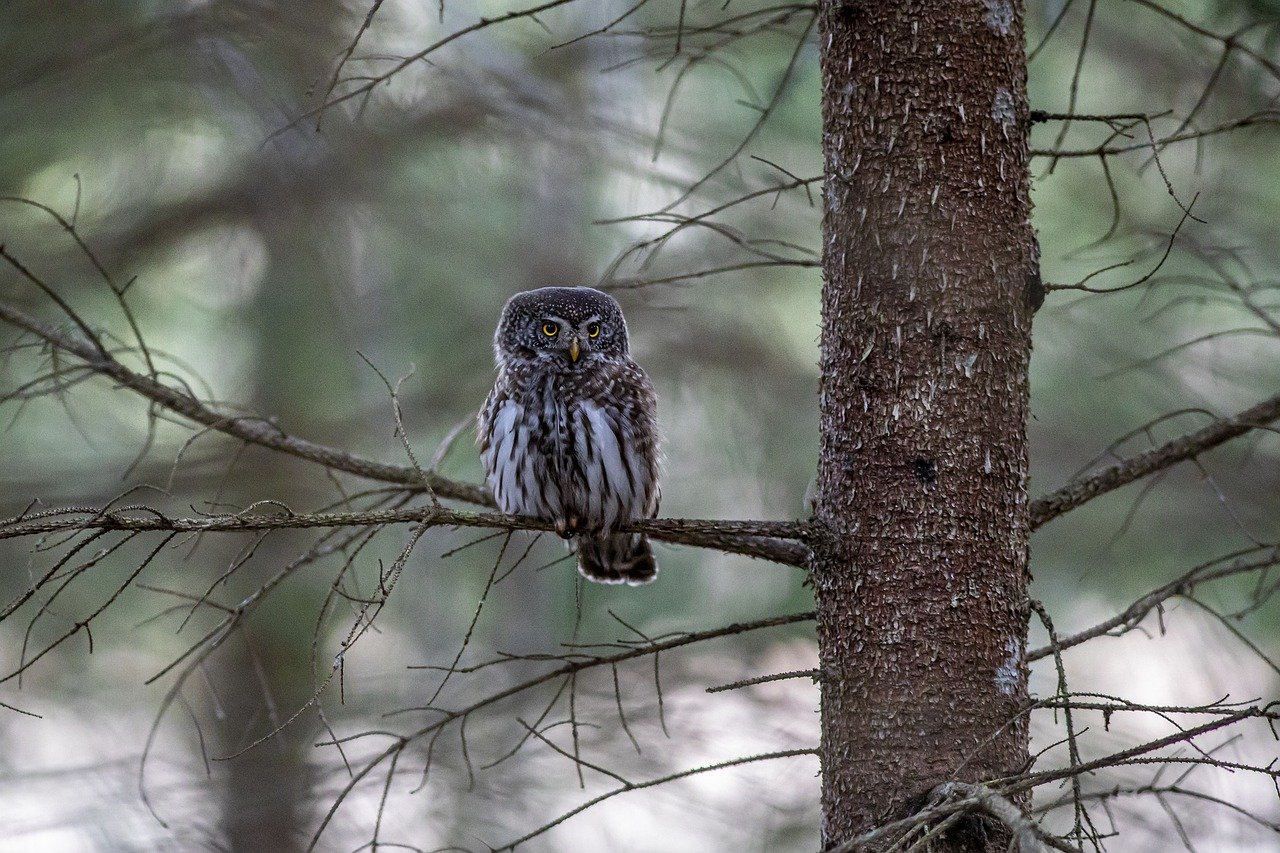Sex and age composition during autumn migration of Pygmy Owl Glaucidium passerinum in Central Sweden in 2005
DOI:
https://doi.org/10.34080/os.v18.22668Keywords:
bird ringing, bird banding, bird observatory, raptor, bird of prey, ringing recoveries, age differencesAbstract
During an invasion in 2005, 164 Pygmy Owls were trapped and ringed at Hammarö Bird Observatory on the north coast of lake Vänern between 28 August and 31 October using play-back of territorial male calls. The most intensive migration was recorded in the third decade of September. Eighty percent of the owls were females. There was no difference in the timing of migration of males and females. More than eighty percent were yearlings, and they were migrating earlier than adults. Most Pygmy Owls were trapped at dawn, but some also in the evening, at night and during the day. Two recoveries were received, an immature bird controlled 123 km to the west in the same autumn and another immature individual from Nordre Osen, Hedmark, Norway in March 2008 (247 km to NNW). Twelve re-traps were made at the ringing site, each bird only once and on average one week after ringing with the longest staying bird controlled 22 days after ringing. The paper also shows photographs demonstrating the different wing patterns of yearling and adults.
Downloads

Downloads
Published
How to Cite
Issue
Section
License
The copyright of each contribution belongs to the author(s), but all contributions are published under a Creative Commons license, so that anyone is free to share and reuse the contribution as long as the copyright holder is attributed.







